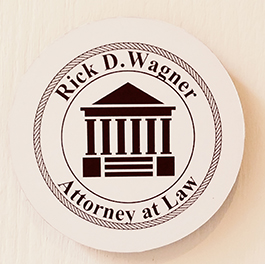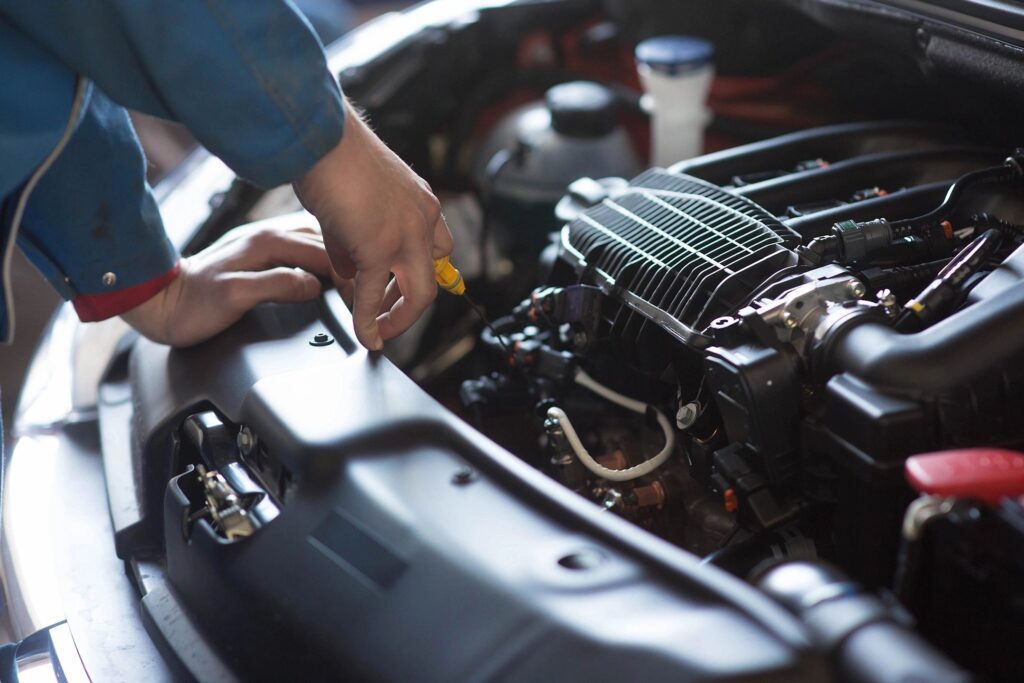How to Tell When Your Car is Overheating
By Ursula Nizalowski
One of the common problems car drivers face during the hot summer months is overheating.
This is when a car’s internal temperature becomes unusually high and causes it to malfunction.
If not taken care of right away, a car that’s overheating could put the driver and passengers in
serious danger. And in worse case scenarios, this can even lead to the car catching fire. So here
are the signs and causes of an overheating car and what to do if it happens.
Signs
Strange Noises – Much like a house, a car can emit a variety of sounds. And while
some noises are easy to identify by the driver, some are not. But if the car is making a noise the
driver has never heard before like a ticking sound or rhythmic thumping, that could mean the car
is overheating.
Temperature Gauge Indicator – On the dashboard of every car is a temperature
gauge that reads how hot or cold the car is. Now depending on how it’s designed, it will let the
driver know if the car is overheated by either lighting up or point the needle to “the red part of
the gauge” says AAA Automotive . With that said, this method doesn’t always work if
something’s wrong with the gauge and so one ought to rely on other signs of overheating and not
just what the gauge indicates.
Leaks – If one sees liquid dripping out from underneath the car, it means something is
certainly wrong. Because there’s a possibility it could be coolant, which is the substance that
keeps the car engine from overheating. And thus it would be best to not ignore these kinds of
leaks and get them checked right away.
Weird Smell – Another obvious sign of overheating in the car is a weird smell that’s
either burning or sweet. While the burning smell usually comes from plastic or rubber parts that
are melting, the sweet smell is from coolant that’s burning and both scents are often carried
through the car’s air vents. But since these scents might contain potentially harmful fumes, they
shouldn’t be breathed in for too long after they’re noticed by the passengers and/or driver.
Steam from Car Hood – It’s often a cliche to see a broken-down car with steam
coming out from the hood in movies. But this is a real problem that can happen to drivers, and it
starts when coolant leaks onto overheated engine components or gets exposed to hot air. Then
through evaporation, the coolant boils and becomes steam which in turn indicates the car is
definitely overheating.
Causes
Coolant Issues – Since coolants are supposed to prevent overheating, it becomes a
problem when they don’t work properly. This can happen from either coolant levels being too
low due to leaks or contamination resulting from a buildup of scale, also known as ‘ hard water ,’
rust, and/or dirt in the car’s cooling system. And when the system gets blocked, the coolant
liquid can’t flow efficiently and the car’s engine overheats as a result.
Faulty Thermostat – When a car starts up, the engine goes from cold to hot in a
matter of seconds and this is moderated by the car’s thermostat. However, “A faulty
thermostat…can either prevent the engine from reaching operating temperature or cause the
engine to overheat by disrupting coolant flow” says Kelly Toyota of Hamburg . In other words, if
the thermostat isn’t working then the engine won’t get up to the right temperature and may even cause overheating by preventing the coolant from flowing into the engine to keep its temperature
in check.
Malfunctioning Radiator – One major aspect of the car’s cooling system is the
radiator, which disperses liquids to keep the car from heating up too much. So if the radiator
becomes deficient, it can lead to overheating. Typical reasons for this include blockage from dirt
and debris or a faulty fan.
Issues with Belts/Hoses – Like other sophisticated machines, cars have parts that can
get worn out or deteriorate overtime. This includes rubber hoses, which safely transport various
liquids throughout the car’s system, and the serpentine belt that powers various car parts such as
the water pump . So if these stop working, it might result in overheating for the car.
What To Do
1) Pull Off the Road – Regardless of where one is when the car overheats, it’s best to
get everyone to safety first. So if the car overheats while traveling, simply pull over to the side
of the road. It also wouldn’t hurt to turn the hazard lights on to alert other drivers so they don’t
get hurt accidentally.
2) Let Engine Cool Down – Once the car is somewhere safe, the next step is to turn
it off. This will not only cool it down to stop whatever is causing the car to overheat in the first
place, but also prevent further damage to the car. After all, gasoline and cleaner fluid are
flammable which would be a bad combination with a car that’s overheating.
3) Exit the Vehicle – While this should be a no-brainer, it does bear repeating.
Staying in the vehicle after it’s been shut off can be dangerous and foolish due to the possibility
of inhaling toxic fumes or getting hurt by any damage the car has sustained from overheating too much. And so it’s arguably safer for everyone to leave the car instead of staying once the driver
has stopped the engine.
4) Call for Help – No matter how bad the damage is on the overheated car, it’s usually
better to call the professionals for help. Because while the driver can try adding more coolant to
the car to subside the heat, it “can cause severe burns and potentially thousands of dollars of
damage to your vehicle” according to AAA Automotive . So unless the driver knows what
they’re doing and the damage isn’t too severe, the professionals are often a safer bet.
For more information on what to do when a car overheats in relation to an accident, feel free to
contact attorney Rick Wagner .


